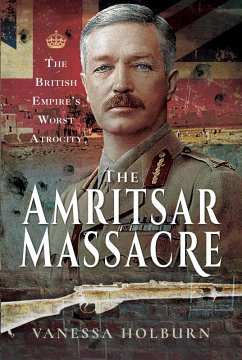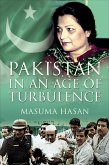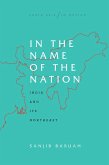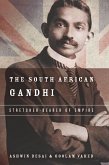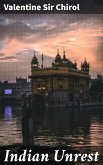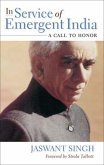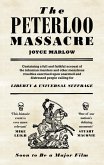The history and impact of one of the most heinous acts of colonial repression suffered in British India-a massacre that continues to divide opinion today. The shocking massacre of 379 unarmed Indians in the enclosed Jallianwala Bagh park on the command of a British army officer on April 13th, 1919 is considered a brutal example of colonial abuse. Immediately afterwards martial law was established with harsh penalties and punishments. Often considered as the darkest period of the Raj, the massacre helped galvanize the Indian Nationalist movement, making full independence inevitable. Yet both the Queen and former prime ministers have side stepped calls for an apology for the mass shooting during official visits to Amritsar. One hundred years on, is it time to say sorry? This book examines the context in which the infamous event took place-and asks why something that happened 100 years ago remains so controversial. Did the order to fire prevent further native and imperialist bloodshed in the Punjab? Was enough done at the time to investigate if General Robert Dyer acted alone or with the full support of his superiors? Who was ultimately responsible for the 1,650 rounds of ammunition discharged that day? Readers will discover how tensions within the region-and political and professional ambitions on both sides-combined to create a chain of events that signaled the beginning of the end for the British Raj. "The author has reviewed this background, the people and politics involved, and left the reader to decide whether there is any need or merit for contrition. It is an interesting review that casts some new light on an infamous event in history." -Firetrench
Bitte wählen Sie Ihr Anliegen aus.
Rechnungen
Retourenschein anfordern
Bestellstatus
Storno

